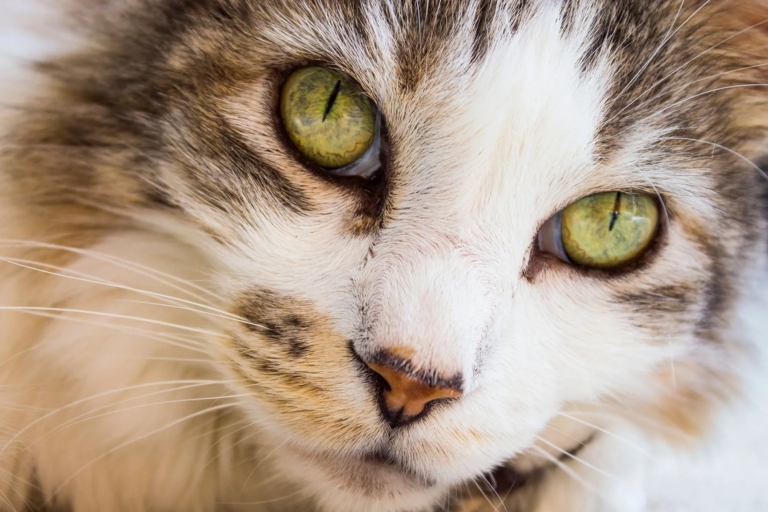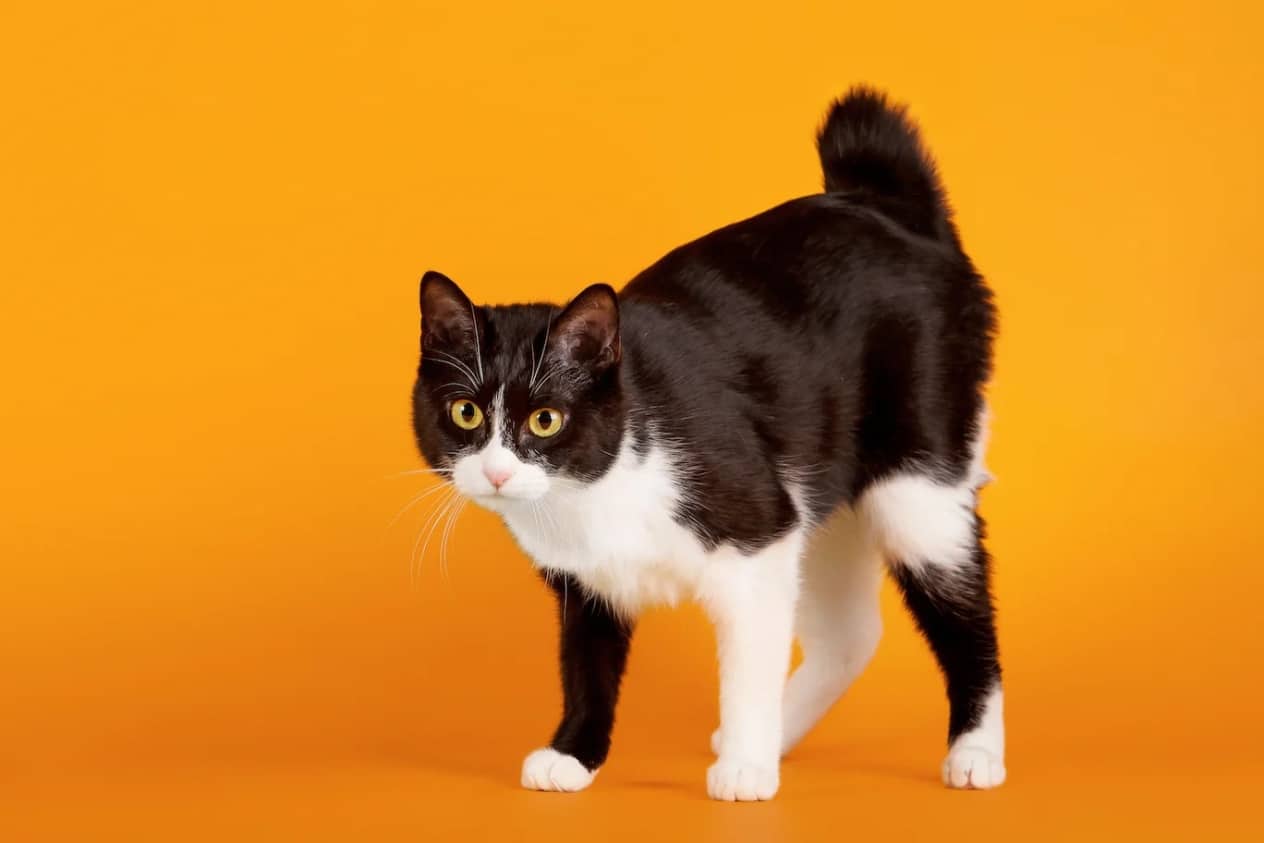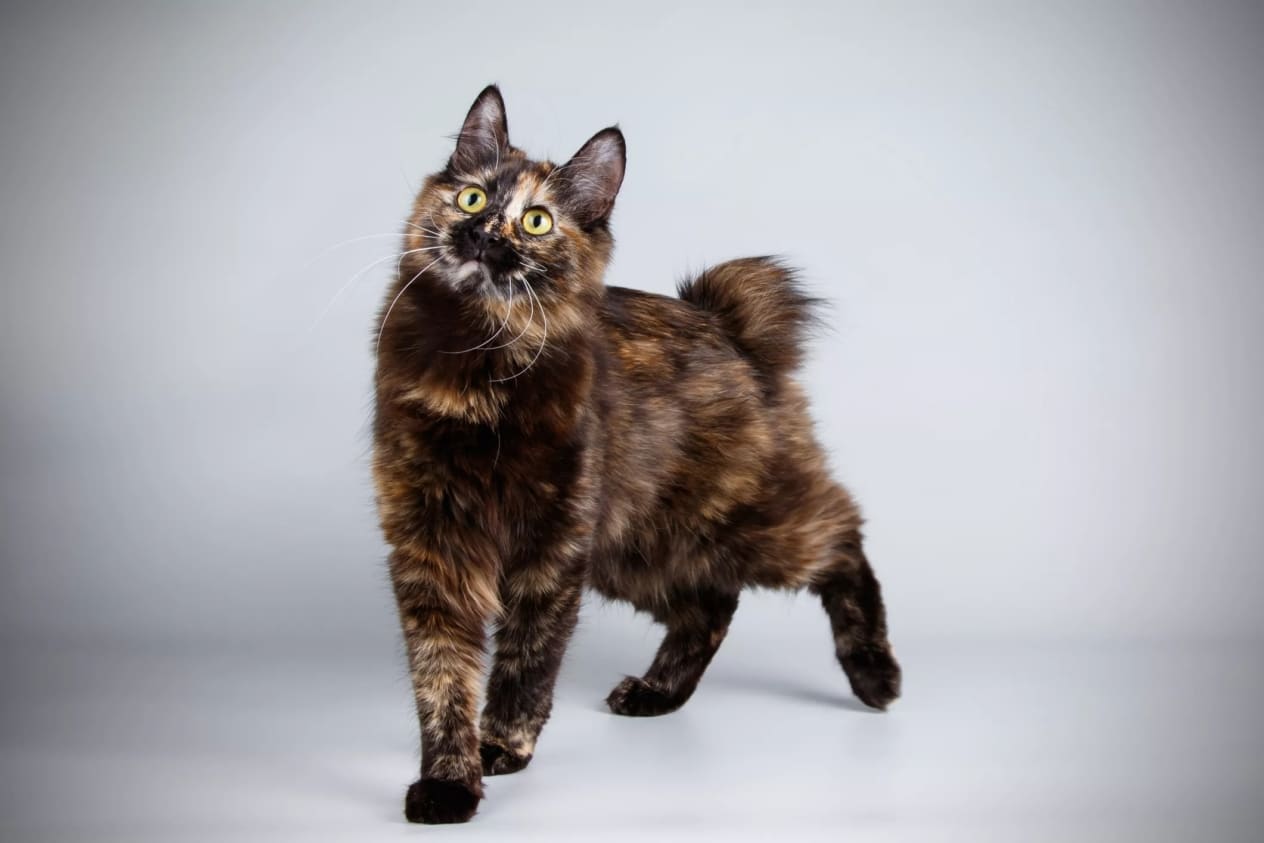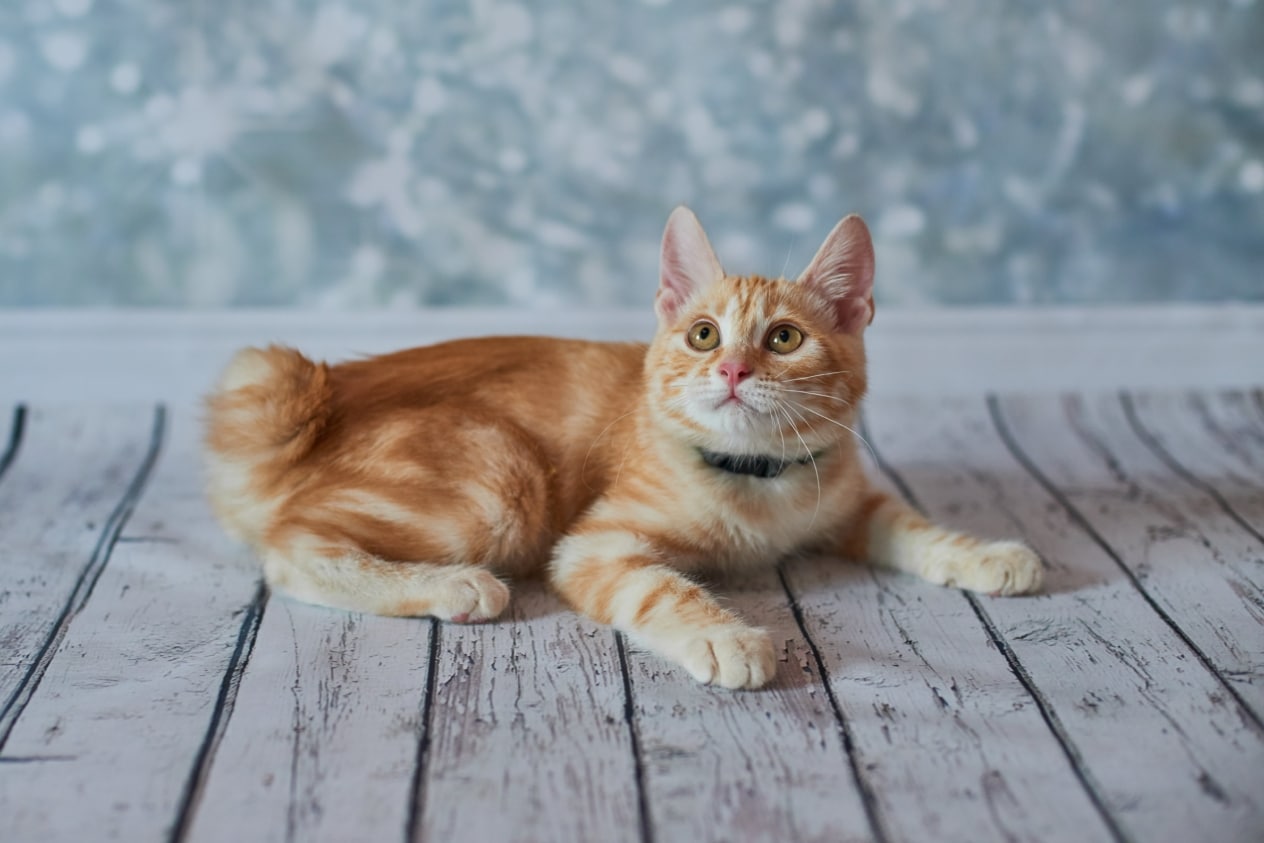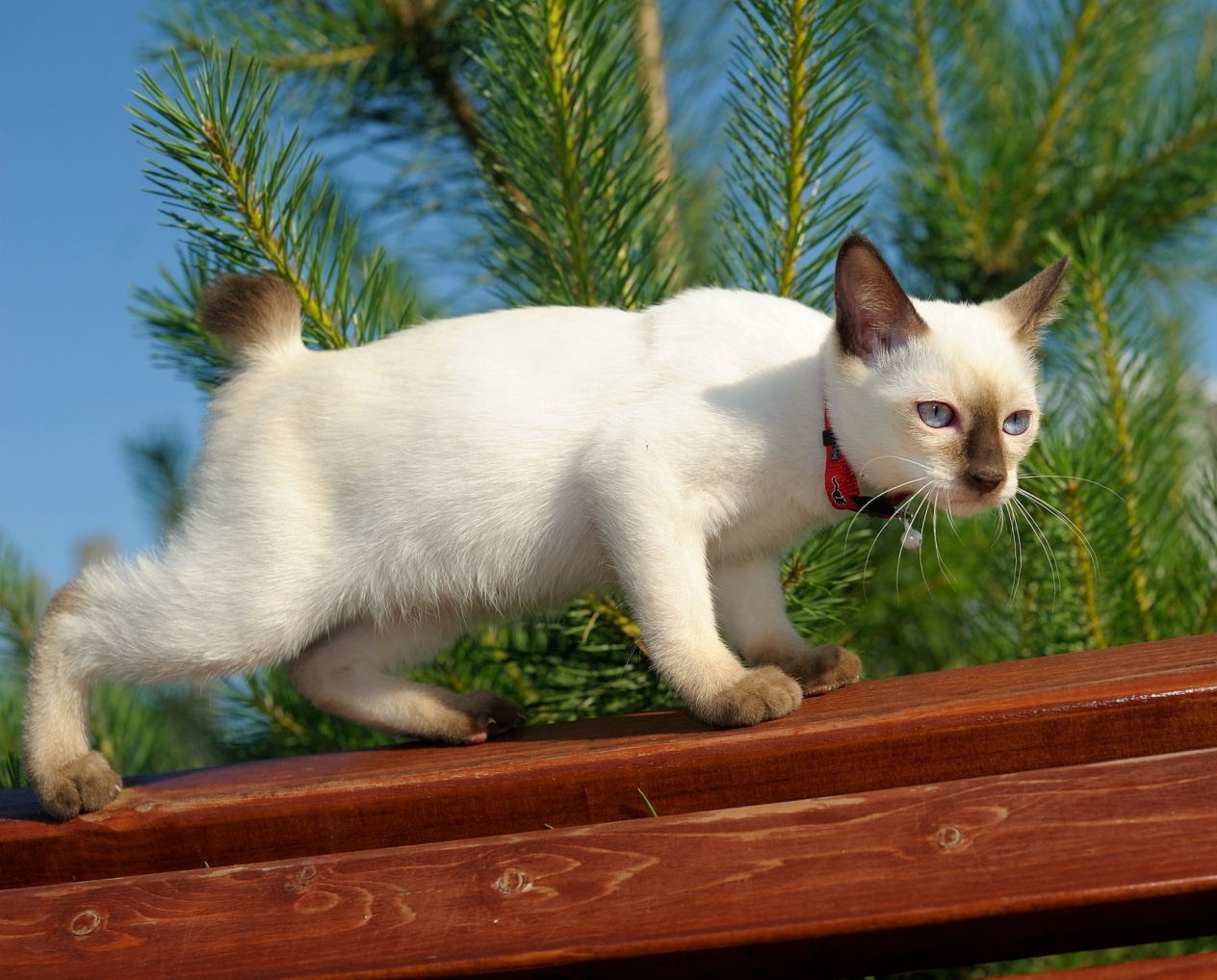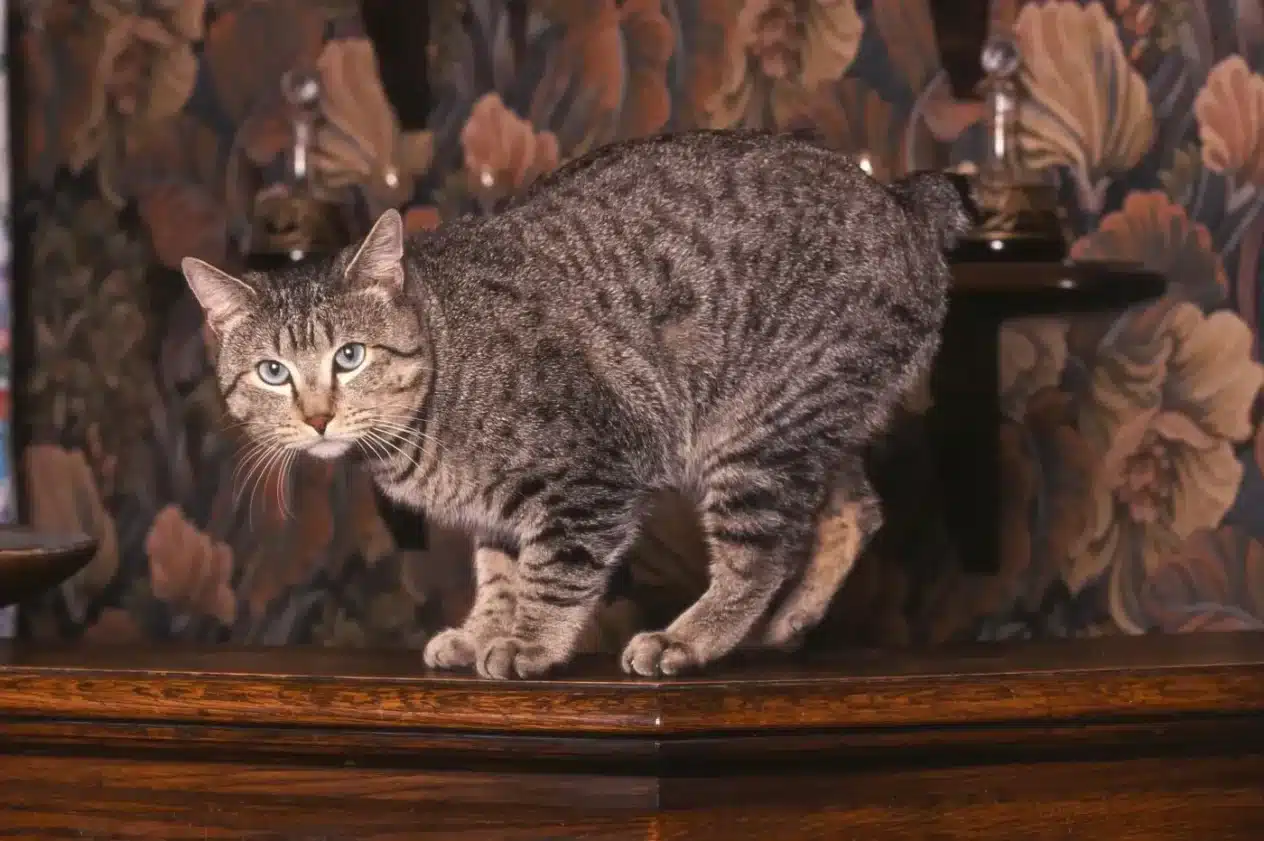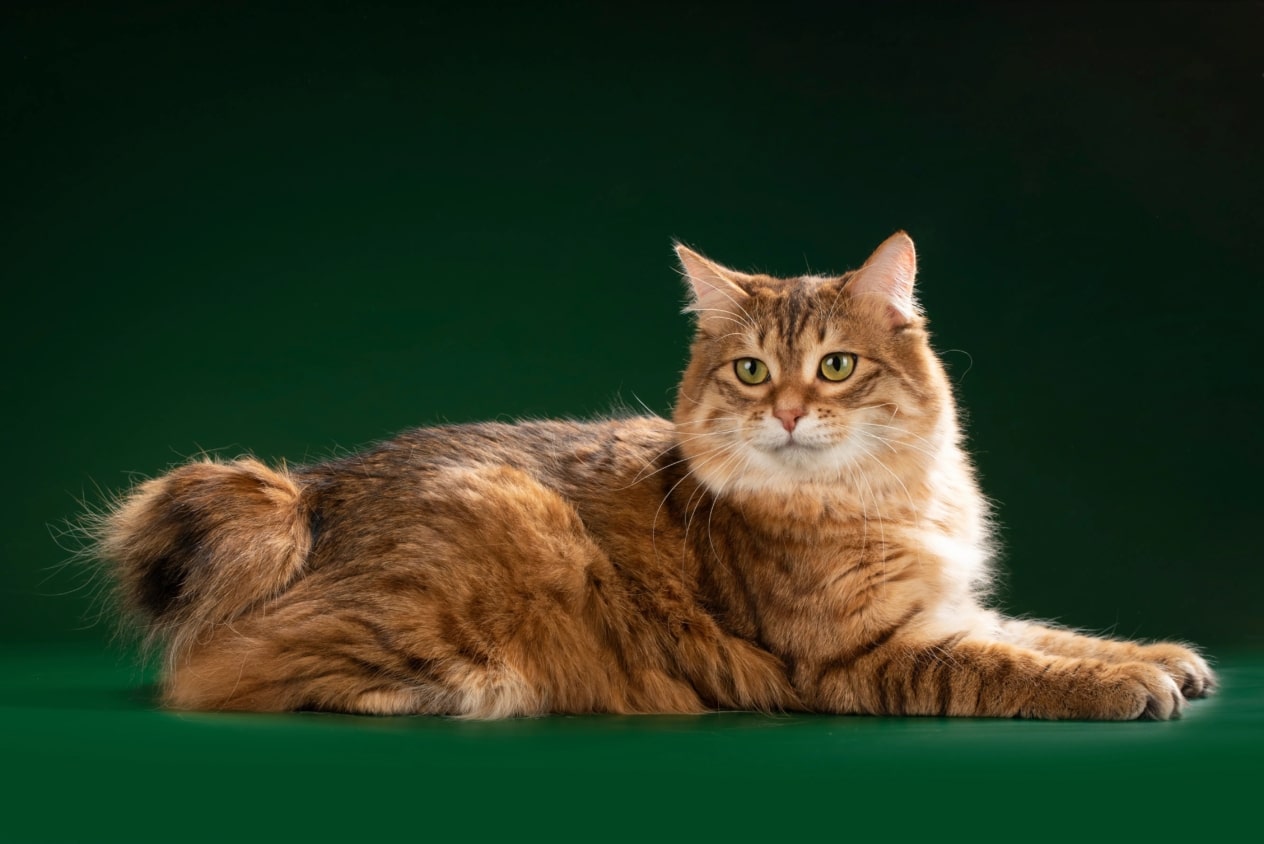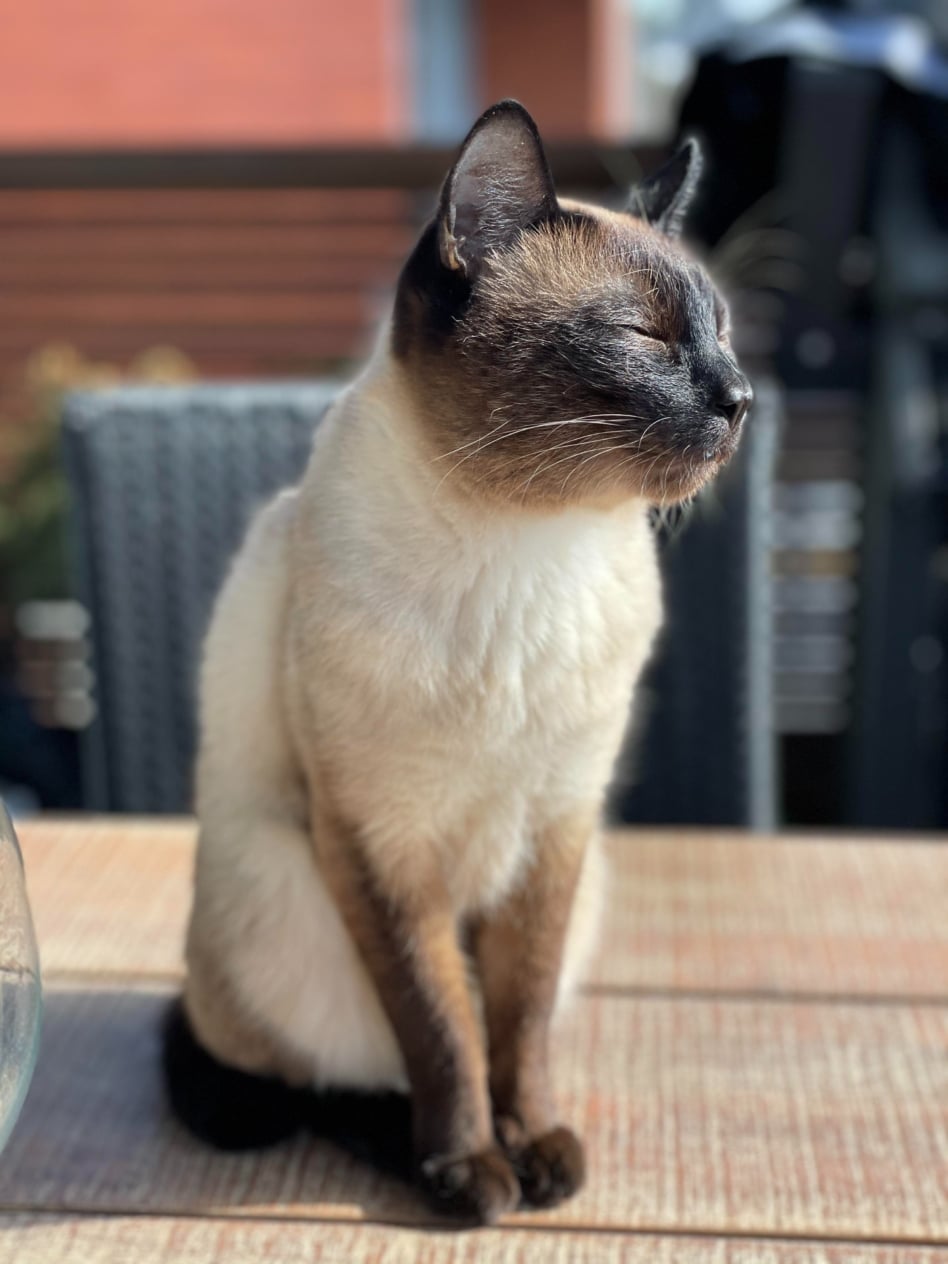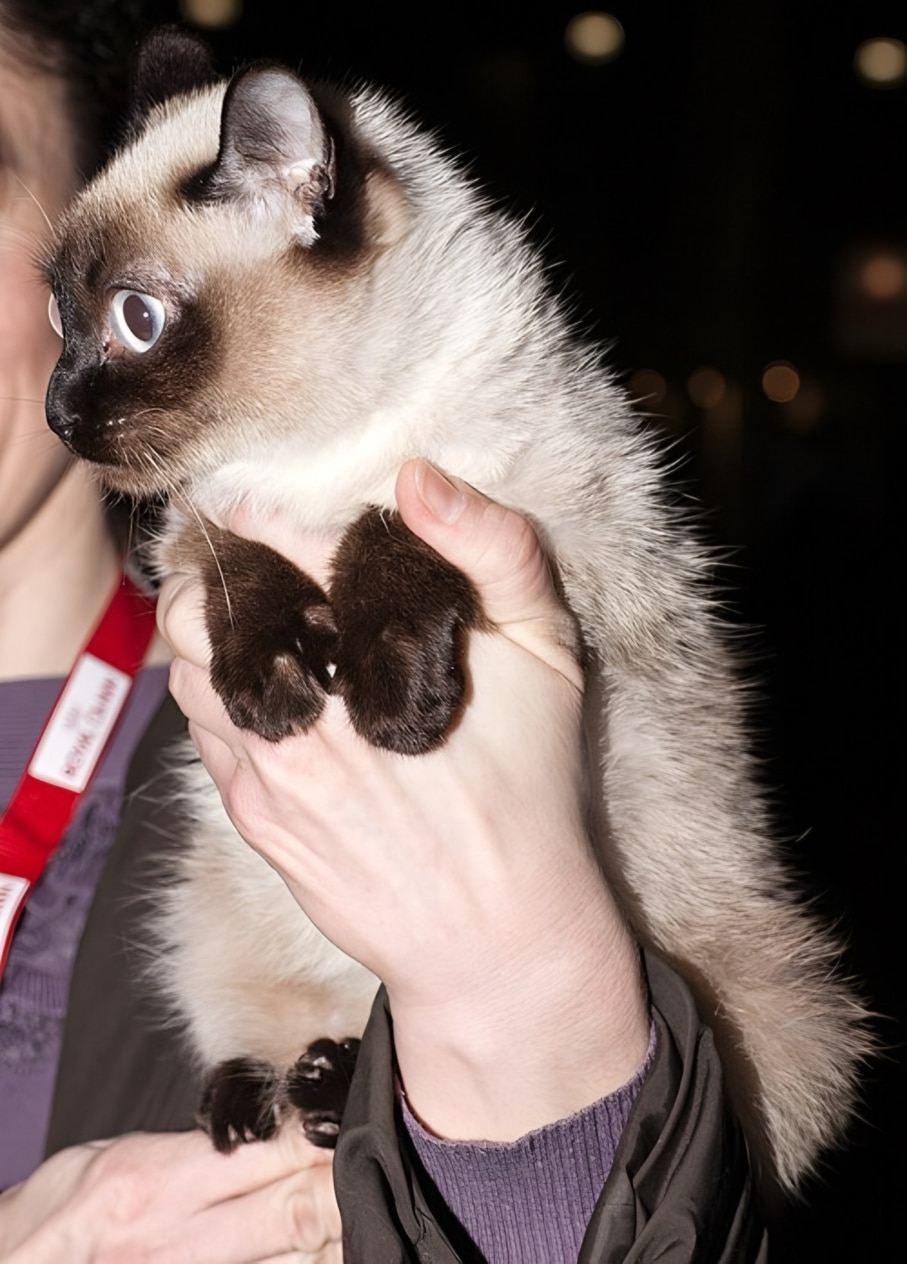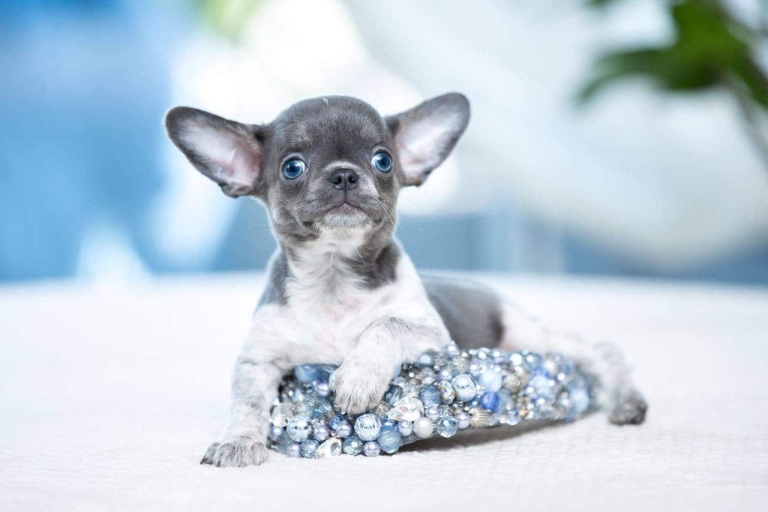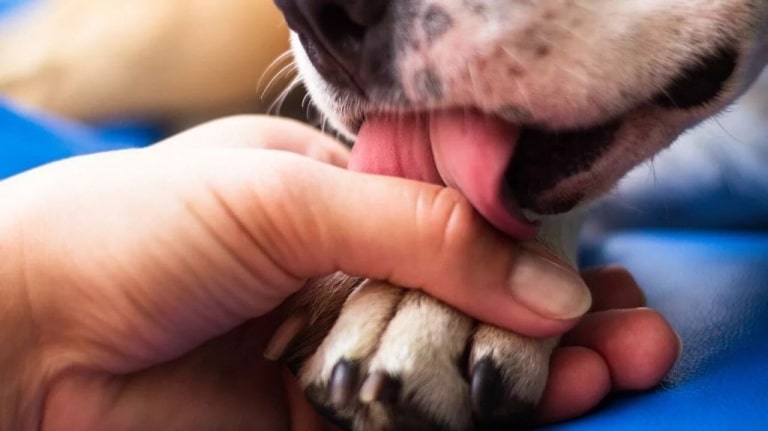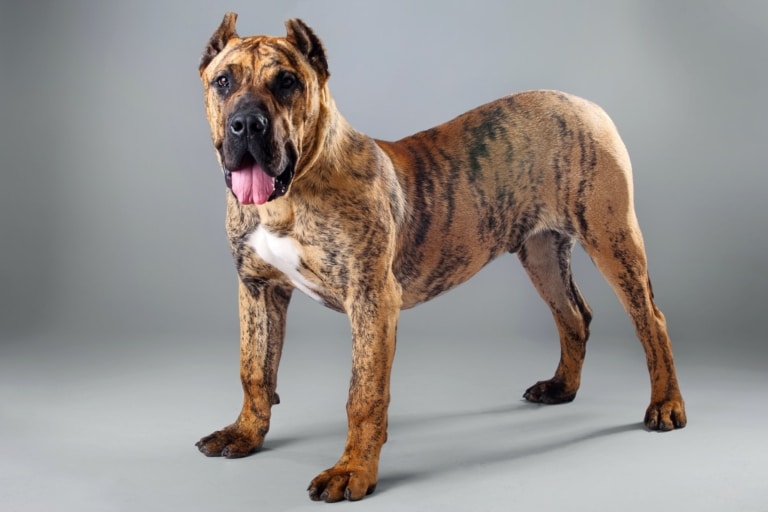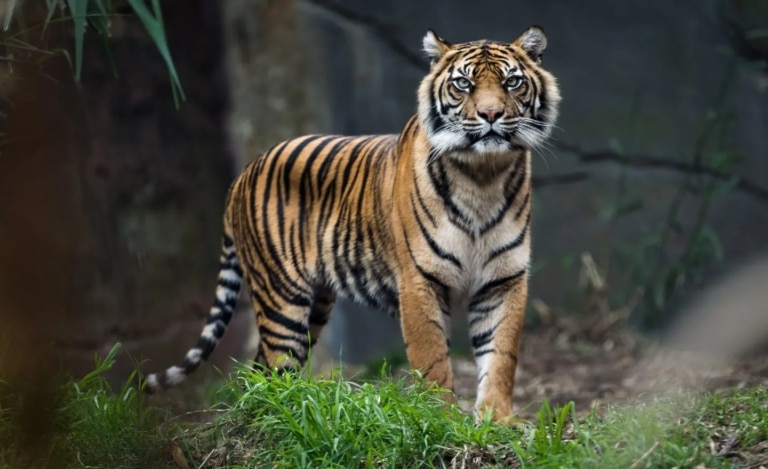Origin of the breed
The name ” bobtail ” comes from the English bobtail – “short tail”. This name does not refer to one specific breed, but is common to several independent lines of cats with congenitally short or broken tails. Bobtails are found in nature in different parts of the world: in North America, Japan, the Kuril Islands, and Thailand. Their appearance is the result not of selection, but of natural mutations, which later became stable and were fixed in breeds. The oldest references to cats with a short tail are found in Japanese engravings of the XII century. Over time, the breeds were officially recognized by felinological organizations and received their unique names.
Appearance and size
All bobtails have one thing in common – a shortened tail, which resembles a pompon or tassel. But the rest of the breeds can be very different in appearance. There are massive, muscular bobtails with a wild look and a developed body, like the Kuril or American bobtail, and there are more graceful and lightweight ones, like the Japanese bobtail. The average weight of bobtail cats ranges from 3 to 8 pounds. Males are usually larger than females. Eyes can be of any color, fur – both short and long, color – very diverse.
The most popular types of bobtails
This is the most important point for understanding this group. Under the word “bobtail” often means not one breed, but a whole range of cats with a characteristic tail. Here are the main types:
1. Japanese Bobtail
One of the oldest and most elegant breeds. Has long legs, a graceful body and a distinctive hook or flower shaped tail. Often has an “E-ke” color (white-black-red).
2. Kuril Bobtail
This breed comes from the Far East. It has a powerful body, strong paws and a short, sometimes curled tail. Often looks wild, has a thick coat and is excellent at catching rodents.
3- American Bobtail
This is a powerful, muscular cat with a short tail and a wild look. It is bred in the United States through selective breeding. Can be short-haired or long-haired. Considered to be extremely intelligent and social.
4- Thai Bobtail
One of the newest breeds formed in Thailand. Has similarities to Siamese cats, but with a distinctive shortened tail. Has a more affectionate character than the classic Siamese.
5. Pixiebob
Although the word “bob” is in the name, this is a separate breed that is similar to the lynx. Has also a short tail, large paws, rough body. Often found in the United States. It is considered a domestic imitation of the wildebeest.
6. Karelian Bobtail
A rare but officially recognized breed. Originates from Karelia. Has a medium build, mild temperament and a tail consisting of several vertebrae that form a spiral.
7. Mekong Bobtail
This breed was bred in Thailand. It is often confused with Siamese cats because of its distinctive color-point coloring and graceful build, but it is its short, flexible, curled tail that sets it apart. The eyes are always blue. Mekong Bobtails are known for their gentleness, talkativeness and love for their owner. They are affectionate, but with a personality of their own.
8. Toy Bobtail
A miniature breed that was bred by selecting Mekong bobtails and some Oriental breeds. It has a very small weight – up to 2.5 kg, and a short tail, which often looks like a spiral. Ideal for small apartments and families with children. Extremely friendly, sociable, easily attached to a person.
Character and Behavior
Despite the variety of breeds, most bobtails have similar traits in character: they are attached to humans, playful, intelligent, perfectly adapted to a new environment. Some – like the Mekong or Japanese – are very “talkative”, that is, actively communicate with the owner. Others – like the Kuril or Pixiebob – are more independent, but not wild. Many of them like water, get along well with children and dogs, and can be easily accustomed to a leash. Special attention should be paid to intelligence: American and Japanese bobtails learn quickly, understand commands, know how to open a door and respond to intonation.
Care and grooming of the bobtail
Grooming depends on the specific species. Long-haired bobtails (Kuril, American) need regular combing – at least twice a week, and during the shedding season – daily. In short-haired breeds, periodic combing is enough to remove dead hair. Bathing bobtails often is not necessary, but most of them take it well. Attention should also be paid to the ears, claws and eyes. Regular check-ups at the vet are important, as is a good quality diet – these cats are active and need a balanced diet. Grooming salons, particularly V.O.G DOG SALON, offer gentle combing, ear cleaning, claw trimming and preventative skin care for Bothells.
Conclusion
Bobtails are not one breed, but a whole group of unique cats with their own origin, temperament and appearance, but with a common highlight – a short, cute tail. They are ideal for those who want to have a true friend: loyal, intelligent, sometimes funny, sometimes silent, but always sincere. Their diversity allows everyone to find their favorite – from a massive smoker to a miniature Toy Bobtail. And quality grooming and care will help to keep your Pet healthy and beautiful for a long time.

